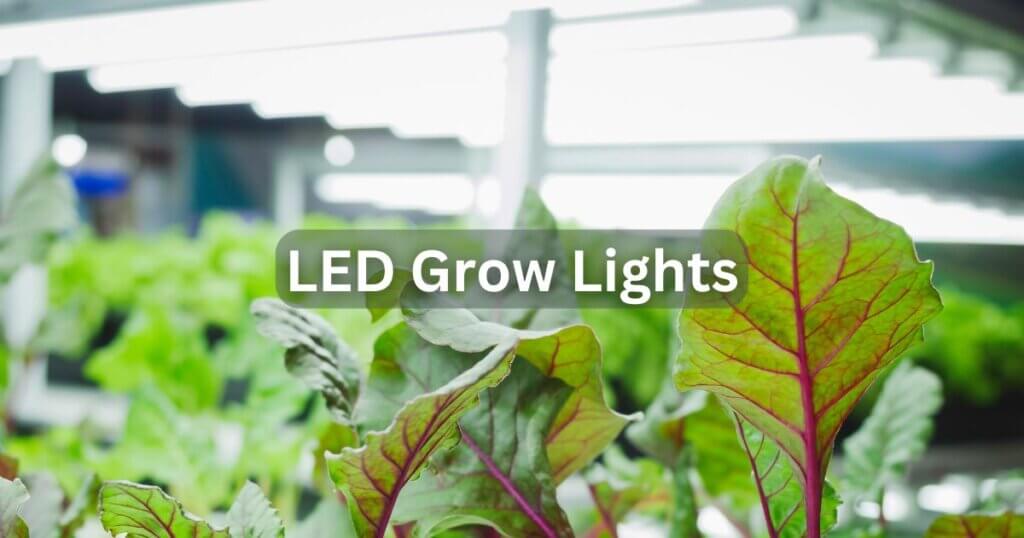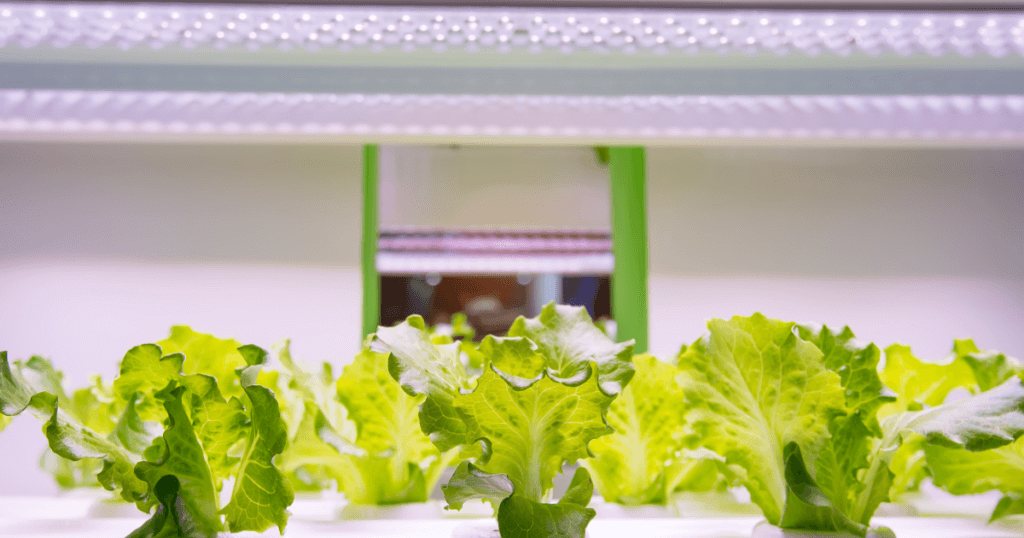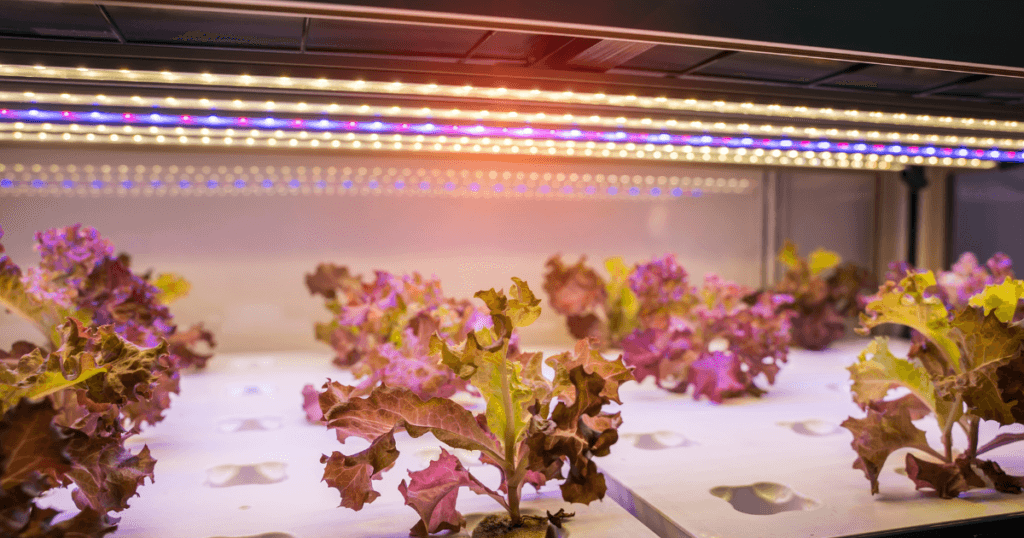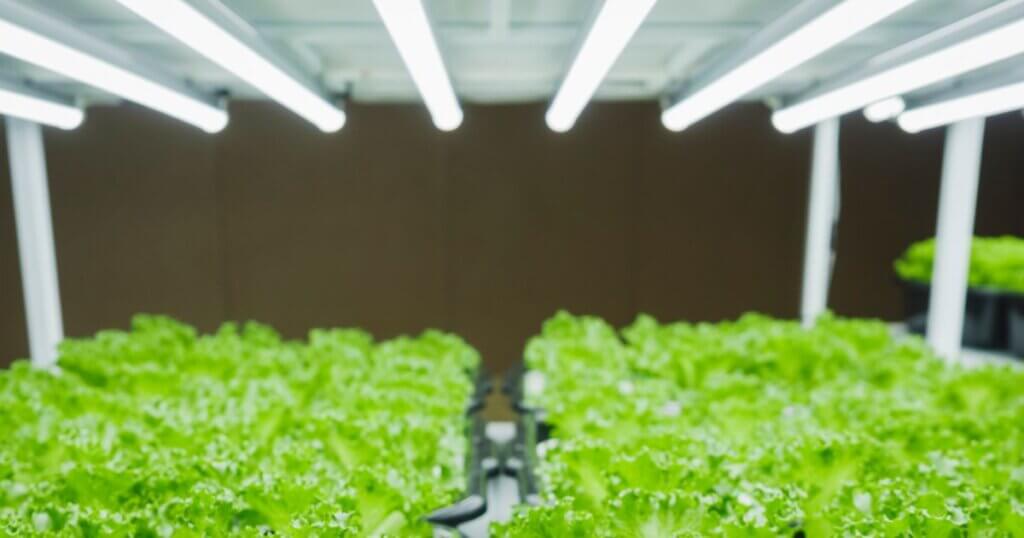Harnessing the Power of Indoor Farming LED Lights for Optimal Crop Growth
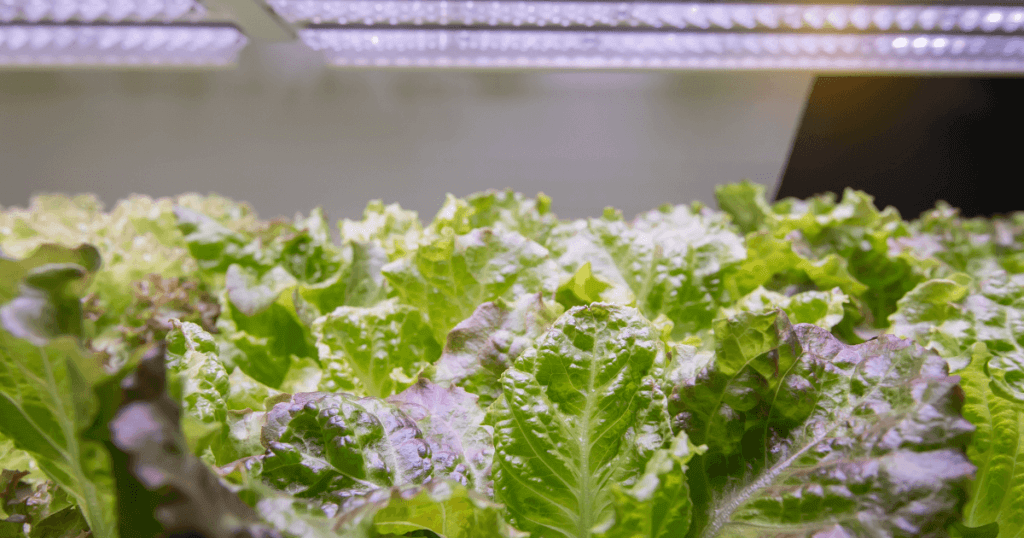
Some of the links in this post are affiliate links. As an Amazon Associate, we earn a referral fee from qualifying purchases—at no extra cost to you.
Indoor farming has undergone a revolutionary transformation in recent years thanks to remarkable technological advancements. The Indoor Farming LED Light is one such innovation that has taken center stage. This game-changing technology has redefined how we approach crop cultivation, offering precision, efficiency, and control like never before. In this comprehensive guide, we will delve deep into Indoor Farming LED Lights, exploring their benefits, working mechanisms, and pivotal role in modern agriculture.
Table of Contents
Understanding Indoor Farming LED Lights
Indoor Farming LED Lights are not just ordinary light sources; they are tailored to replicate the natural spectrum of sunlight, which is essential for optimal plant growth. Unlike traditional lighting systems, LED lights emit specific wavelengths that cater to different growth stages, such as seed germination, vegetative growth, and flowering. This tailor-made approach ensures that crops receive the precise light spectrum, enhancing photosynthesis and leading to higher yields.
To get started with indoor farming, a reliable full-spectrum grow light like the VIPARSPECTRA 600W LED Grow Light provides the tailored blue and red wavelengths necessary for optimal seedling and flowering stages. It’s energy-efficient, easy to install, and perfect for small to mid-sized indoor farms.
The Benefits Unveiled
Indoor Farming LED Lights offer numerous advantages, making them essential in modern agriculture. Their efficiency, customizability, and ability to boost plant growth set them apart from traditional lighting systems. Farmers worldwide are adopting these lights to enhance crop production while reducing operational costs. Let’s explore the key benefits of this innovative technology.
1. Energy Efficiency
LED lights use far less energy than conventional lighting, significantly cutting electricity expenses. Their low power consumption also contributes to a smaller carbon footprint, making them environmentally friendly. Unlike traditional bulbs, they produce minimal heat, reducing the need for additional cooling systems. This efficiency translates to sustainable and cost-effective indoor farming.
2. Tailored Light Spectrum
LEDs can be adjusted to emit specific wavelengths, ensuring plants receive the exact light needed at each growth phase. Blue light promotes vegetative growth, while red light stimulates flowering and fruiting. By fine-tuning the spectrum, farmers can optimize plant development and productivity. This precision leads to healthier crops with improved quality and yield.
3. Increased Crop Yield
With an optimized light spectrum, plants experience enhanced photosynthesis, accelerating growth rates. Consistent and targeted illumination helps crops mature faster, allowing for more harvest cycles annually. This controlled environment reduces losses caused by unpredictable weather or inadequate sunlight. Ultimately, LED lighting maximizes yield potential and boosts agricultural profitability.
4. Space Optimization
Indoor farms often operate in confined areas where efficient space use is crucial. LED lights can be strategically positioned to ensure even light distribution without bulky fixtures. Their compact design allows vertical farming setups, making the most of limited space. This adaptability makes LED lighting ideal for urban and commercial indoor farms.
How Indoor Farming LED Lights Work
Diving into the Science of Growth
Indoor Farming LED Lights function by supporting photosynthesis and photomorphogenesis, essential plant growth processes. Plants absorb specific light wavelengths to regulate development, influencing characteristics like leaf expansion and flowering. By customizing the spectrum, farmers can control these aspects to achieve desired growth outcomes. This scientific approach leads to optimized plant health, efficiency, and productivity.
Choosing the Right LED Lights for Your Indoor Farm
Lighting the Path to Success
Selecting the right Indoor Farming LED Lights is crucial for optimizing plant growth and maximizing yields. The wrong choice can lead to poor development, wasted energy, and suboptimal harvests. Understanding key factors like spectrum, intensity, and efficiency helps farmers make informed decisions. Let’s explore the essential aspects of choosing the best LED lights for your farm.
1. Light Spectrum
Different crops require specific wavelengths for optimal growth and productivity. LED lights with customizable spectrums allow farmers to tailor lighting conditions to suit various plant stages. Blue light enhances vegetative growth, while red light promotes flowering and fruiting. Choosing adaptable lighting ensures better crop health and higher yields.
For growers looking for versatility, the Phlizon CREE COB Series 1200W LED Grow Light offers customizable light settings for different plant stages. Its COB technology delivers intense, even light penetration—perfect for boosting yields in various crops.
2. Intensity and Coverage
The intensity and coverage of LED lights determine how efficiently they support plant growth. Insufficient intensity can stunt growth, while excessive brightness may cause stress. Farmers must calculate light requirements based on crop type, spacing, and farm size. Proper coverage ensures uniform illumination, preventing shadowed or underdeveloped plants.
3. Energy Efficiency
Energy-efficient LED lights lower operational costs while maintaining optimal performance. Choosing models with high efficiency ratings reduces electricity consumption and environmental impact. Advanced LEDs also generate less heat, minimizing the need for additional cooling systems. This combination makes farming more cost-effective and sustainable.
4. Durability and Lifespan
Long-lasting LED lights ensure consistent performance across multiple growth cycles. Investing in durable, high-quality models reduces replacement frequency and maintenance costs. Robust designs withstand environmental factors like humidity and temperature fluctuations. Reliable LEDs contribute to a stable and efficient indoor farming setup.
Optimizing Indoor Farming Techniques with LED Lights
Cultivating Success, One Watt at a Time
Indoor Farming LED Lights work best when integrated into a well-planned cultivation strategy. Proper scheduling, intensity control, and supplementation enhance plant growth and resource efficiency. Farmers who fine-tune their lighting approach can achieve higher yields and healthier crops. Here’s how to optimize LED lighting for maximum success.
1. Light Schedules
Establishing a consistent light schedule mimics natural day-night cycles, promoting healthy plant development. Some crops require longer daylight exposure, while others thrive with shorter cycles. Automated timers help maintain precise schedules, reducing the risk of overexposure or light deficiency. A stable lighting routine supports balanced growth and improves productivity.
Managing light schedules is effortless with a programmable timer like the BN-LINK 7 Day Heavy Duty Digital Timer. It lets you automate your LED lights, ensuring your crops get consistent light cycles without manual intervention.
2. Light Intensity Adjustments
Monitoring plant response helps determine whether light intensity needs modification. Too much light can lead to stress, while too little may slow growth. Adjustable LED systems allow gradual intensity changes to suit different growth stages. Proper calibration ensures plants receive just the right amount of illumination for optimal development.
3. Supplemental Lighting
Natural sunlight may not always be sufficient for indoor farms, especially in low-light environments. Supplemental LED lighting fills this gap, ensuring plants receive adequate illumination year-round. Strategic placement of LEDs enhances coverage without wasting energy. This approach maintains consistent growth rates regardless of external conditions.
In spaces where natural light is limited, flexible supplemental lights like the GHodec Dual Head Clip-on Grow Light provide adjustable brightness and positioning to target specific plants needing extra illumination.
Conclusion: A Radiant Future for Indoor Farming
Harvesting the Fruits of Innovation
Indoor Farming LED Lights have unlocked a new era of possibilities in agriculture. With their ability to tailor light spectra, enhance growth rates, and boost yields, they have become indispensable tools for modern indoor farmers. As technology continues to advance, we can expect even more sophisticated LED lighting solutions that push the boundaries of what’s achievable. Embracing these innovations not only secures our food production but also paves the way for a sustainable and radiant future.
Ready to build a complete indoor garden? The AeroGarden Harvest Indoor Hydroponic Garden includes built-in LED grow lights and a smart soil-free system, making indoor farming easier and more accessible than ever.
FAQs – Indoor Farming LED Lights
1. Do LED Lights Emit Heat, and Can They Overheat Plants?
LED lights produce significantly less heat than traditional lighting, but they still generate some warmth. Proper ventilation and spacing help prevent overheating, ensuring plants receive optimal lighting without heat stress.
2. How Do LED Lights Compare to HPS or Fluorescent Lights for Indoor Farming?
LEDs are more energy-efficient, have a longer lifespan, and provide customizable spectrums compared to HPS or fluorescent lights. They also generate less heat and require lower maintenance, making them a superior choice for long-term indoor farming.
3. Can LED Lights Be Used for All Types of Crops?
Yes, but different plants have unique light spectrum and intensity requirements. Leafy greens thrive under blue light while fruiting plants like tomatoes need more red light for flowering and fruit production.
4. How Long Should LED Lights Stay On Each Day for Optimal Growth?
The ideal light duration varies by crop; most leafy greens need 12–16 hours, while fruiting plants may require up to 18 hours. Implementing a consistent light schedule helps mimic natural growth conditions and prevents plant stress.
5. Do LED Lights Require Special Installation or Maintenance?
Most LED systems are easy to install, but proper placement and height adjustments ensure even light distribution. Regular cleaning of fixtures and checking for malfunctions help maintain efficiency and prolong their lifespan.
Other useful sites about Indoor Farming LED Lights
- New LED Strategies Could Make Vertical Farming More Productive, Less Costly – Purdue University
- Why Are LED Grow Lights Best for Vertical Farming? – Avisomo
- Farm Lighting Energy Efficiency Checklist and Tips – Farm Energy Extension
- The Importance of Grow Light Color and Uniformity – LEDibond
- Why Does Energy Efficiency Matter When Selecting LED Grow Lights? – Urban Ag News
Some Interesting Indoor Farming GED Lights Videos






